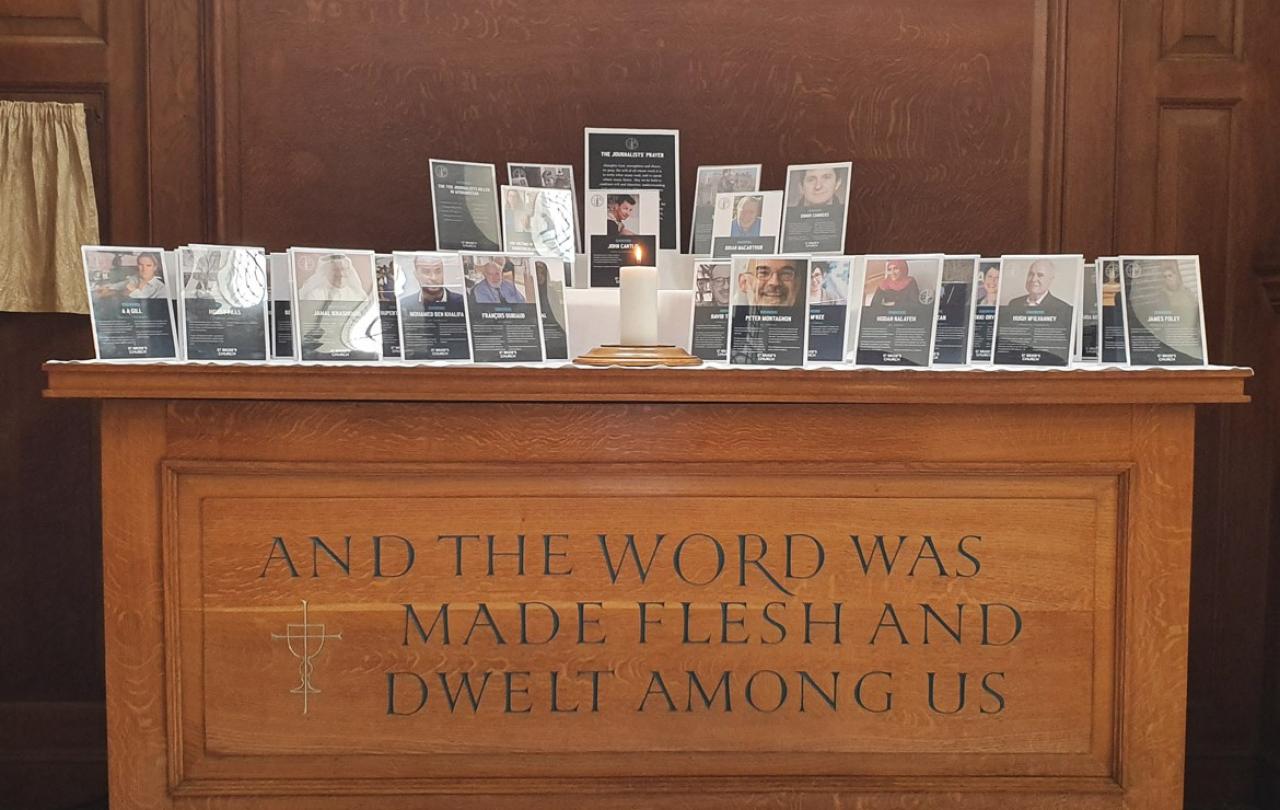On any statistical calculation, the probability of dying by drowning when your luxury yacht suddenly and inexplicably sinks at anchor in the Mediterranean has to be extremely low.
So it’s the cruellest of ironies that tech tycoon Mike Lynch should so die, along with his daughter and five others, having devoted his commercial life to the application of such statistical probabilities. He had named his yacht Bayesian after the 18th-century theorem that introduced the idea that probability expresses a degree of belief in an event.
That doesn’t expressly mean religious belief. But, intriguingly, it doesn’t exclude it either. According to Thomas Bayes, who published his theorem in 1763, the calculable degree of belief may be based on prior knowledge about an event, such as the results of previous experiments, or on personal beliefs about it.
In essence, you don’t believe your yacht will capsize in the night and sink in seconds, because your experience tells you so. That belief can mathematically be included in the probability of it happening.
We can transfer the method into religious praxis. Christian belief in the event of resurrection, for instance, can be calculated in the probability that the deaths of the Lynches and others aboard the Bayesian are not the end of their existence.
It’s an intriguing legacy of Lynch’s work for theologians. But it’s the sheer lack of probability of the lethal event occurring at all that lends it its random banality. It’s that death visited those asleep on a yacht in the small hours that lends this news story such tireless legs, not just that these were super-rich masters and mistresses of the universe.
There have been bitter observations on social media that the Bayesian’s victims have commanded limitlessly greater attention than the many thousands of refugees who die in small-boat crossings of the Mediterranean every year.
This is a category mistake. And again, Bayesian theory can be deployed. Experience supports our belief that crossing the sea in overcrowded and unseaworthy vessels can all too often lead to tragically terminal events. The probability of death is plain. Again, it’s the sheer randomness of the Bayesian yacht event that sets it apart.
If death can visit at any time, there can be no difference in the valuation of long or short lives.
That randomness brings us back to the banality of sudden death among us, almost its ordinariness, something that just happens, often entirely out of the blue. The prayer book has the funeral words “in the midst of life we are in death”, meaning that death is our constant living companion. But that doesn’t quite cut it for me, because it tells us it’s there, but nothing of its true significance.
The tenets of Christian faith are regularly said to be those of a death cult; that it’s a deep-seated fear of death that leads us to avoid it with assurances of eternal life. But it’s the sheer banality of death, as displayed in the randomness of the Bayesian event, that seems to knock down that idea. In its randomness, death looks ridiculous rather than evil.
Conspiracy theories around the sinking of the Bayesian are a kind of denial of the reality of death too. We want there to be more to it than the utterly banal.
Author Hannah Arendt coined the phrase “the banality of evil” when covering the trial of Nazi holocaust architect Adolf Eichmann in Jerusalem. I’d want to suggest that it’s that same banality, that basic human ordinariness, that is the real nature of the supposed grim reaper, rather than his evil.
None of this can comfort the Lynch family, who mourn the loss of a much-loved father and his young daughter, or the families of the others who lost their lives on the Bayesian. But it is meant to go some way towards an explanation of what we mean in Christian theology when we bandy about phrases such as “the defeat of death”. Because it’s not a wicked serpent that’s been defeated, more of a pointless clown.
There is something especially painful about the death of the young, such as that of 18-year-old Hannah Lynch on the Bayesian that night, a young woman on the threshold of life. And – God knows – the even younger lives we’ve read about being taken lately.
But the concept of banality may lead us to another tenet of faith: The completeness of every life. If death can visit at any time, there can be no difference in the valuation of long or short lives.
A poem, often ascribed to a former dean of St Paul’s cathedral, begins with the line: “Death is nothing at all.” That’s wrong, as an idea. Death is as significant an event as birth. But its defeat is in keeping it in its place.
The dignity in simplicity with which football manager Sven-Göran Eriksson greeted his final illness is a masterclass in this tactic for life. Death isn’t to be negotiated, it’s just there.
In the end, death isn’t a Bayesian probability, it’s a certainty, for all of us. The difference, in Bayesian theory, must be the belief we bring to our personal calculations of the probability of the event.





